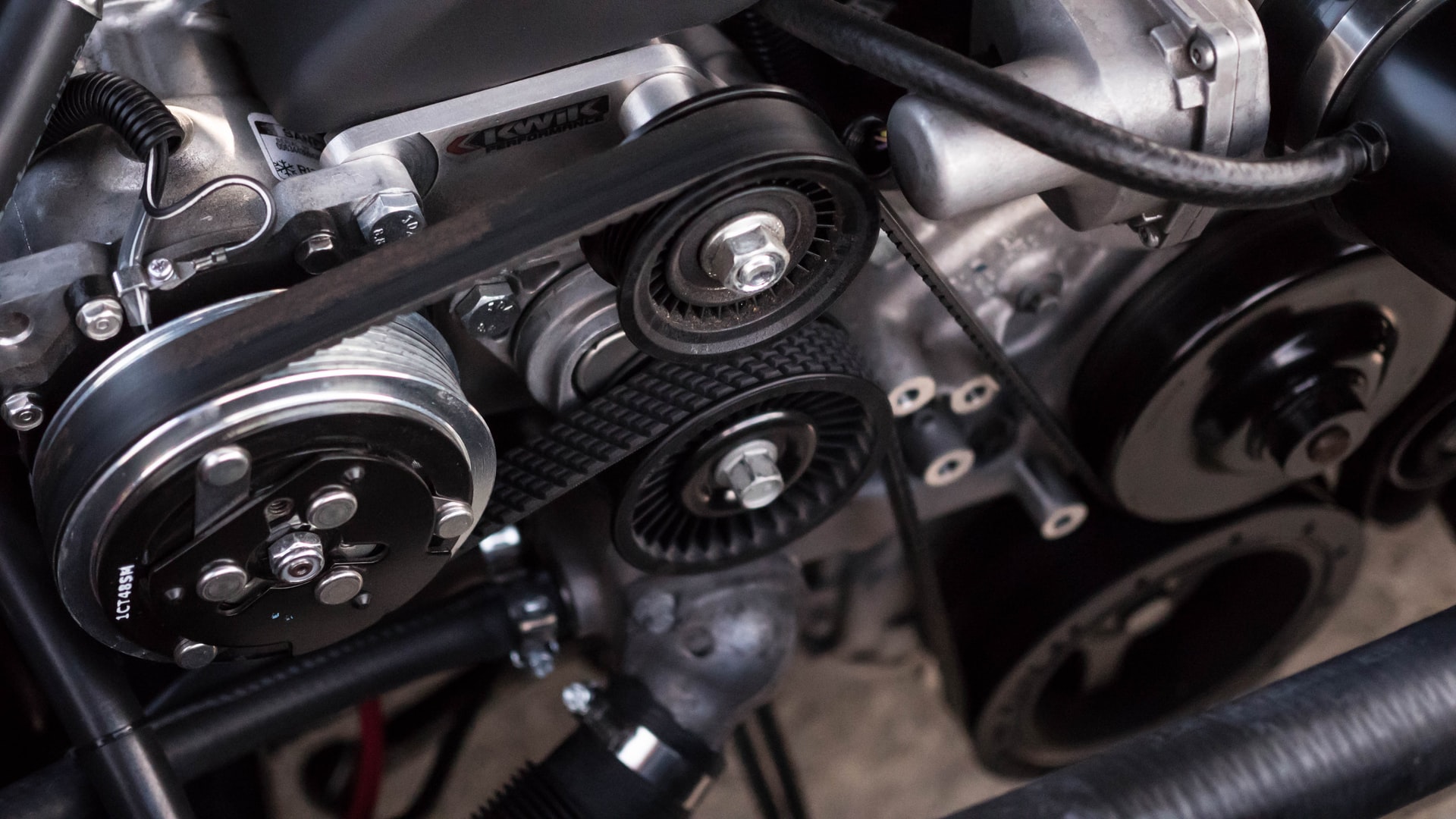While the majority of engine oils meet acceptable criteria, their general and specific properties might differ significantly. Because of ignorance or greed, low-quality engine oils are frequently put on the market. Unfortunately, for the uninitiated car owner, a high-quality engine oil and a low-quality engine oil would appear and feel the same.
- Benchmarking and Engine Testing
The engine has always been the most reliable platform for determining the needed oil quality. Despite changes in engine design to suit performance, fuel efficiency, and environmental criteria, the engine remains the final arbitrator of oil quality.
- Properties of Engine Oil
Oil must have precise physical and chemical qualities in order to serve the engine. The engine generates a number of operating stresses during the oil’s service life that compromise the oil’s long-term capacity to function at a consistently high level. Depending on the environment and how the vehicle is utilized, service conditions may also vary significantly. As a result, knowing various crucial oil qualities, such as viscosity, is necessary when selecting an engine oil to fulfill specific service needs and conditions.
- Viscosity
The resistance to flow of a fluid is known as viscosity. Because the molecules of a fluid are attracted to one another, it takes energy to separate them and create flow. Larger molecules attract each other more strongly and have a higher viscosity. Friction is defined as the energy required to overcome molecule-to-molecule attraction and produce fluid flow.
- Preventing Wear and Viscosity
When two engine surfaces in relative motion are pushed close together under pressure, the same molecular friction prevents the oil from escaping too quickly. The intervening oil’s inability to leave fast and incompressibility keep the two surfaces apart and prevent wear, a process known as hydrodynamic lubrication. The greater the attraction of oil molecules and the greater the wear prevention, the higher the viscosity.
- Classification of Viscosity
The viscosity of a lubricant has traditionally been linked to wear resistance. The J300 classification system, which determines viscosity levels for engines by a series of grades, was instituted by SAE early in its existence, recognising viscosity as crucial to engine function. The viscosity levels in one or two temperature zones determine these classes. The grades are now established for engine operating temperatures as well as for winter temperatures where the oil has an impact on starting and pumping.
Get high quality oil today!
Get access to high quality base oils in India that meet acceptable criteria that suit performance, fuel efficiency, and environmental criteria with Addinol India!



